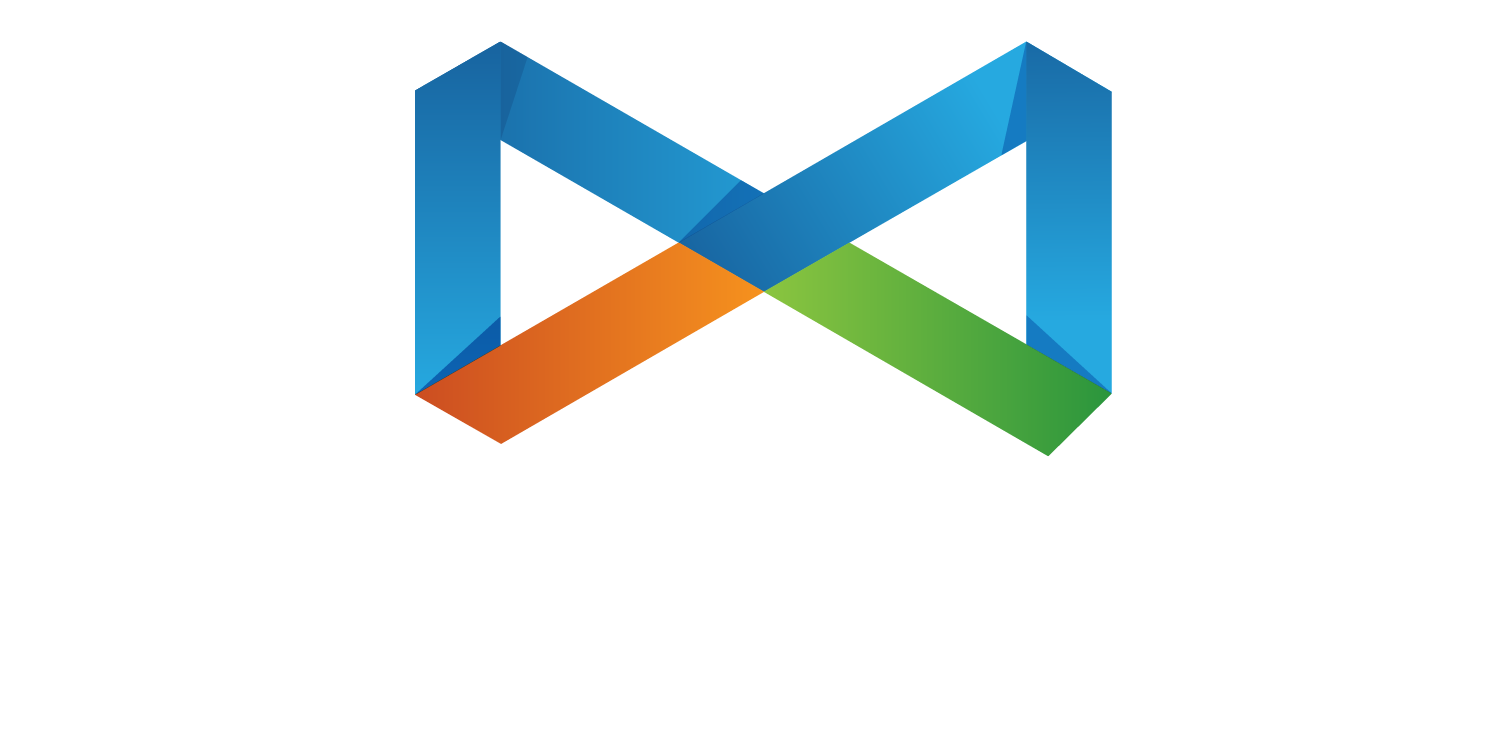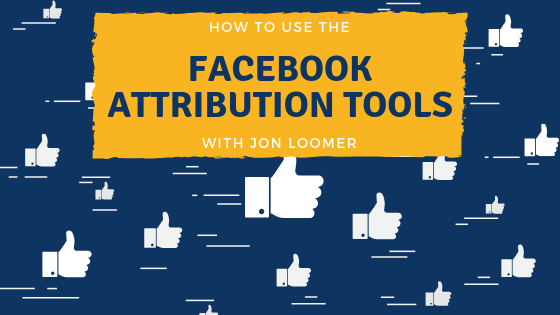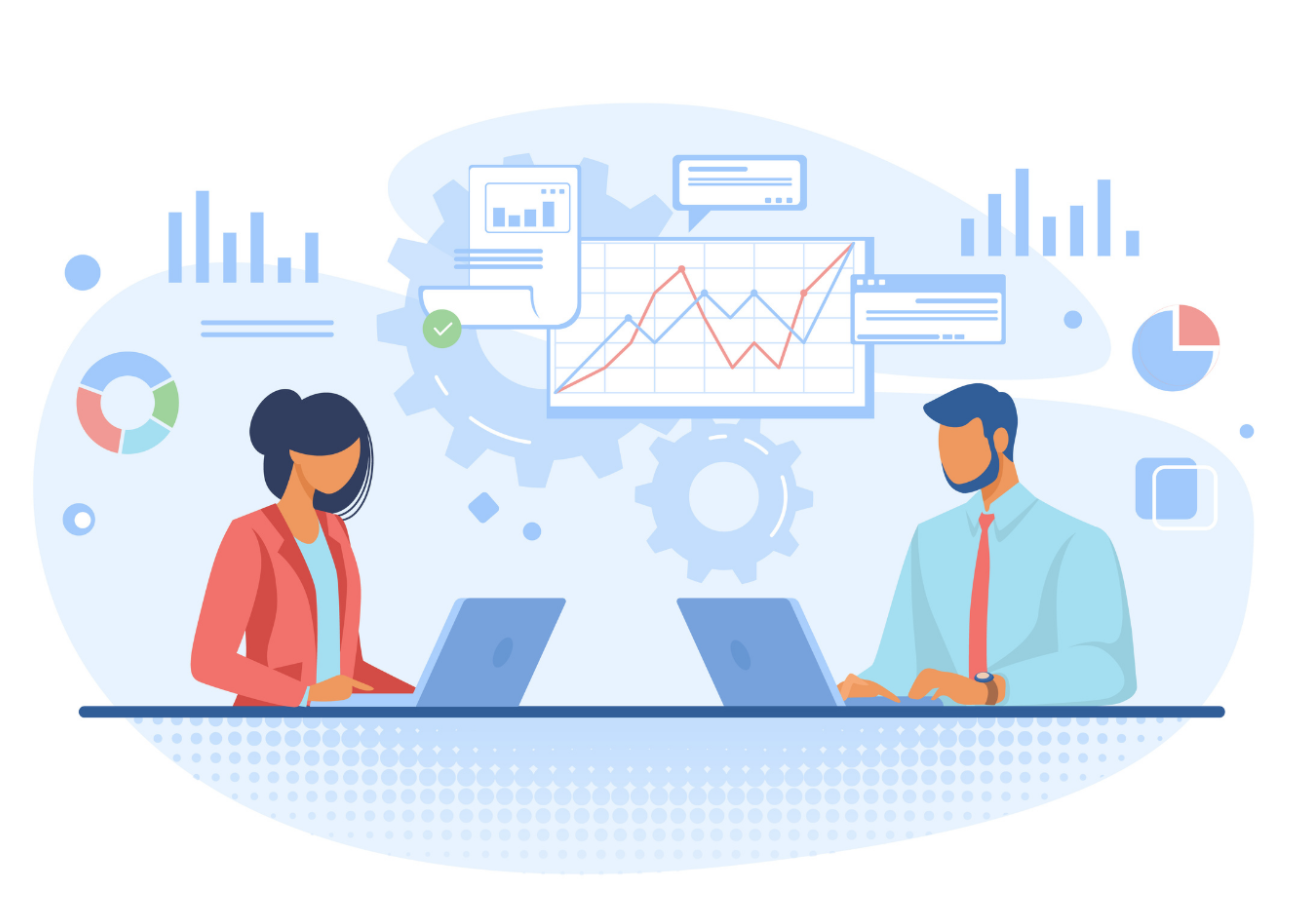Jon Loomer has worked as a bartender, an insurance agent, and a manager of fantasy football games at the NBA. These days, he’s the foremost authority on successful Facebook marketing, if repeatedly being on Social Media Examiner’s top 10 social blogs of the year is anything to go by.
Jon launched the Power Hitters Club in 2014, which is a private community of advanced Facebook marketers. At the end of 2018, there were over 1,000 members.
On the podcast, Jon discusses the ins and outs of successful Facebook marketing, specifically in regard to the Facebook attribution tool.
What is the Facebook Attribution Tool?
One of the newer additions to Facebook marketing is the attribution tool. Its main purpose is to help you get a more holistic view of how various platforms, both paid and organic, are impacting your conversions and results.
This means that you no longer have to compile different data from different platforms, all of which measure conversions differently.
For instance, you can see how much traffic from Facebook resulted in website registration or a paid conversion. You can even see how much revenue was brought in. Then, you can look at the results from Google and learn about the traffic from there.
Another way the tool helps is by showing the entire journey of the consumer to your webpage. Before, a consumer might have seen an email, then gone to the Facebook page and clicked a link. The Facebook page would get the credit, but it was really the email that pulled them in.
Without the attribution tool you would never know this, and you might underestimate the effectiveness of your email campaign, while overestimating your Facebook campaign.
Which Strategies and Trends Should People Know About?
The primary strategic advantage of the Facebook attribution tool is that it fills in the gaps. Before, Facebook would provide you with link clicks, but little else. With this tool, you’re provided with a more comprehensive view of the consumer’s behavior.
With this information, you can then customize your strategy going forward. For example, Jon found that Google organic was not only driving traffic for him, but also revenue—a fact he would not have known otherwise. Since receiving this information, Jon has channeled more money into Google AdWords.
Another strategy that Jon implements is using Facebook for two main reasons.
He uses them to drive people to his website, in order to build his audience and have an “in-house” consumer base, who will be easier to sell to in the future.
Build an email list. Again, Jon focuses on people who are already familiar with his product. Instead of selling to new people, he prefers to sell to established customers who already know what they’re getting.
How Long Does it Take to Get Meaningful Data from the Facebook Attribution Tool?
First of all, Jon wants people to know that the Facebook attribution tool won’t provide information that occurred before the tool was installed. You won’t be getting any historical data.
Once you do install the tool, how quickly valuable information comes in will depend on the volume of data you’re receiving. In other words, if you’re a big company with millions of people coming to your website, you’re going to see some fast results.
Also, there’s something called a Facebook attribution window. This is referring to Facebook’s rule of counting conversions that occur within 28 days of someone clicking on an ad, or within one day of seeing an ad but not clicking it.
However, the window allows a healthy degree of customization. It allows you to widen or shorten the window, as well as target specific metrics, such as clicks.
What’s the First Thing a Beginner Should Know About the Facebook Attribution Tool?
Before you do anything, you need to have a pixel installed on your website. A pixel is exactly what it sounds like, except it provides tracking information. In this case, it’s just a single pixel so it can’t be seen on the webpage.
This will start pulling in your basic information, such as where traffic is coming from, whether it’s Twitter, Google, or Facebook.
Once you install the Facebook attribution tool, these two sources of data collection will work in tandem and provide you with the meaningful information you need.
What Does the Future Have in Store for Facebook?
While Jon prefers not to predict the future, he does concede that all of the negative publicity around Facebook will end up affecting it in some way, which has him a little concerned.
This is a stark contrast to his feeling two years ago, where he would have predicted nothing but sunshine and roses. There was no way to predict the privacy issues and questions of government oversight that have arisen.
However, he doesn’t see Facebook going the way of Myspace. Facebook has gotten much larger than Myspace ever did, which means that even if they experience a decline in the next two years, they’ll still be a useful platform for marketers.
Where Can You Learn More About Jon Loomer?
If you’d like to learn more about Jon, you can visit his website at JonLoomer.com.
If you’re specifically interested in hearing more about the Facebook attribution tool, Jon has a handy blog where he provides an introduction.
On the social media front, Jon can be found at Twitter and, of course, Facebook.














